Edge computing optimizes Internet devices and web applications by bringing computing closer to the source of the data. This minimizes the need for long distance communications between client and server, which reduces latency and bandwidth usage. It offers some unique advantages over traditional models, where computing power is centralized at an on-premises data centre. Putting compute at the edge allows companies to improve how they manage and use physical assets and create new interactive, human experiences. Some examples of edge use cases include self-driving cars, autonomous robots, smart equipment data and automated retail.
Moreover, Edge has a role to play in the evolution of AI and generative AI for businesses. It enables data analysis in real- or near-real time, making training AI models a simpler task and improving the performance of AI-driven applications.
Not surprisingly, edge is becoming an integral part of the digital core, which leverages the power of cloud, data, and AI through an interoperable set of systems across the enterprise that allows for rapid innovation. thus, for many businesses Edge is set to become a ubiquitous lever of scale and reinvention—especially as AI becomes more pervasive. this shows Edge computing is bending the innovation curve by dramatically improving the performance of production and service applications that run business.
It moves computing to the edge of the enterprise network where it is closest to users and devices — and most critically, where the data is created.
MRFR has analysed some of the major players in the Edge Computing Market who have contributed to the market growth. These include SAP SE, ABB, Amazon Web Services (AWS), Inc., Aricent, Inc., Atos, Cisco Systems, Inc., General Electric Company, Hewlett Packard Enterprise Development, Honeywell International Inc., Huawei Technologies Co., Ltd., IBM Corporation, Intel Corporation, Aspeed, Fintek, Advantech, Kontron, ITE Tech and others. Among these, Microsoft, Amazon Web Services (AWS), Inc, Cisco Systems, Inc, IBM Corporation, Intel Corporation, Dell, are among the top players in Edge Computing Market.
These players focus on expanding and enhancing their product portfolio and services to remain competitive and increase their customer.
Microsoft’s key strategies in the edge computing market revolve around leveraging its cloud infrastructure (Azure) to extend computing capabilities closer to devices and users. The company focuses on offering a comprehensive edge computing platform, empowering businesses to process data at the edge efficiently. Their strategy includes enabling seamless integration between cloud and edge environments, fostering an ecosystem of edge-compatible solutions, emphasizing security and compliance, investing in AI-driven edge analytics, and collaborating with industry partners to develop scalable and diverse edge computing applications.
Microsoft’s approach aims to enable customers to harness the power of edge computing while ensuring interoperability, security, and scalability across their ecosystem. Likewise, numerous companies are seeking to well-position to capitalize on the growing edge computing market.
Additionally, these players are considerably contributing to the market growth by the adoption of various strategies, including mergers and acquisitions, partnerships, collaborations, funding, and new product launches, to stay competitive in the Edge Computing Market.
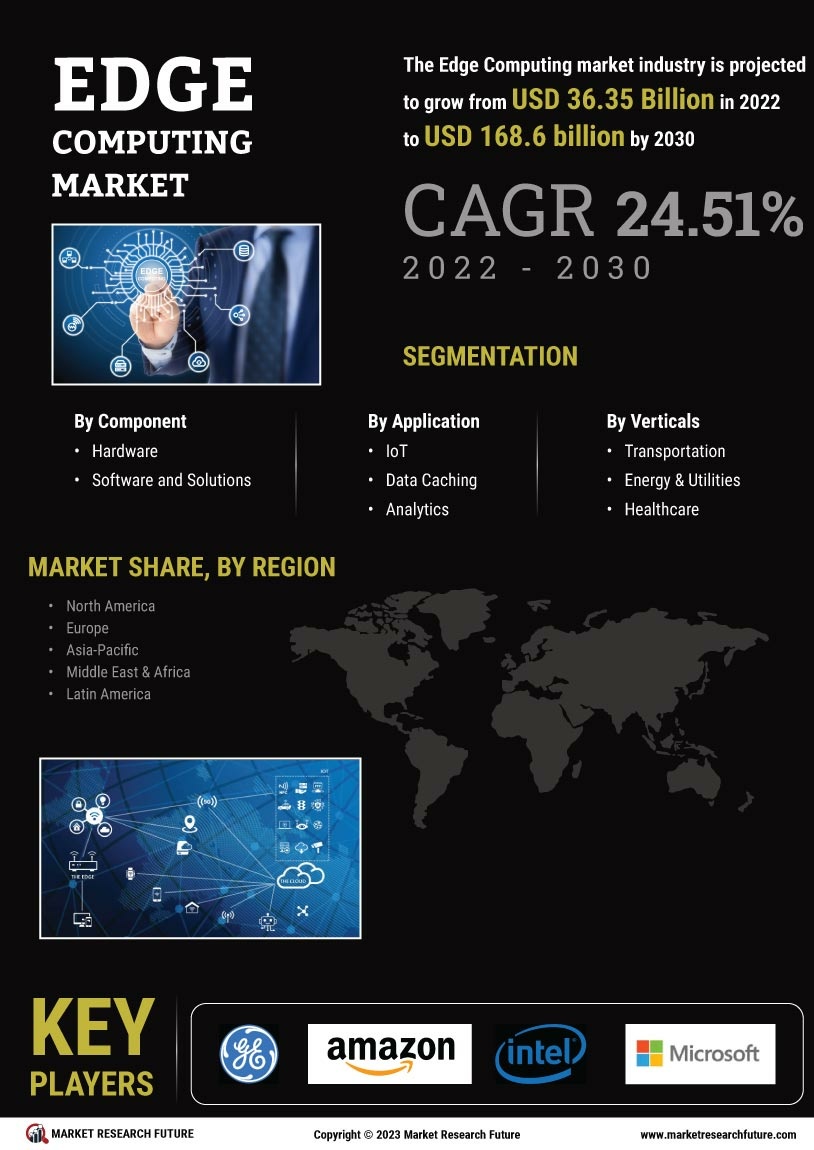

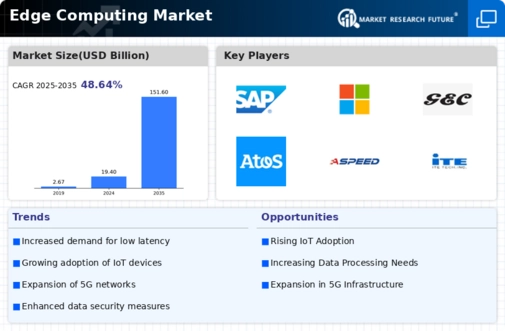
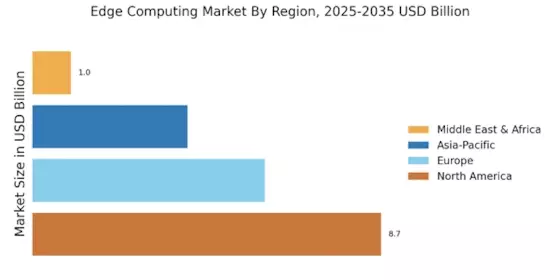

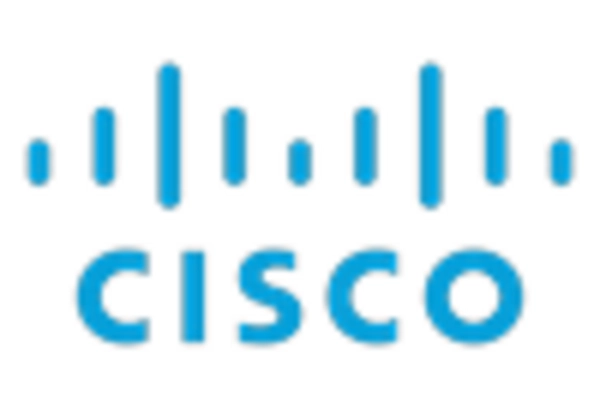
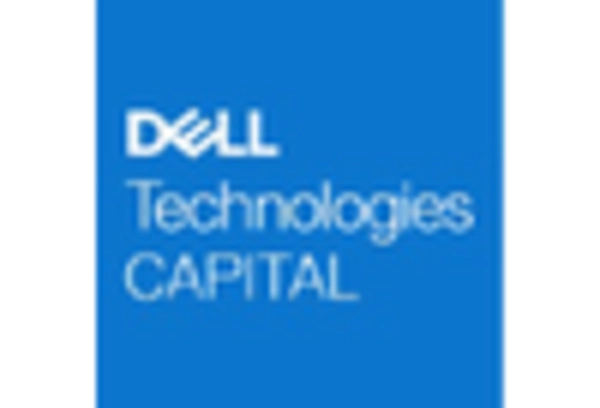

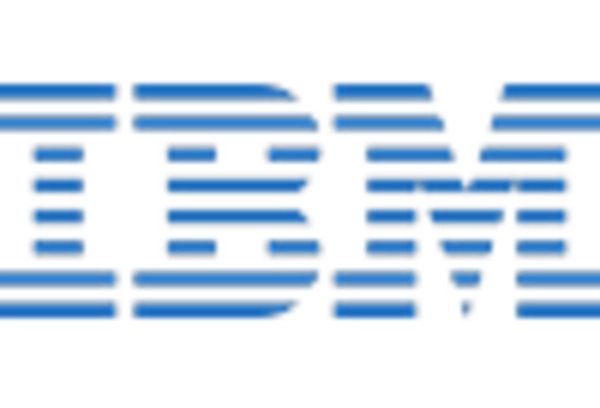
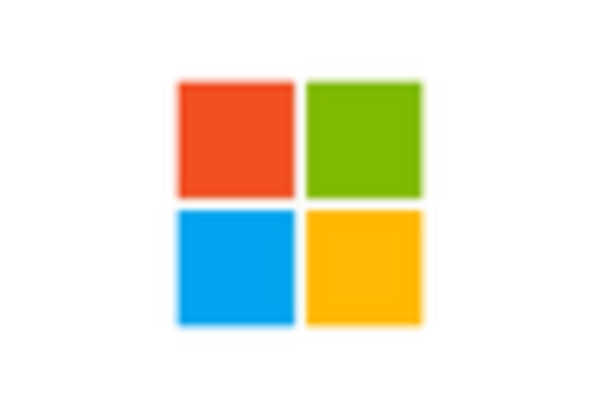








Leave a Comment